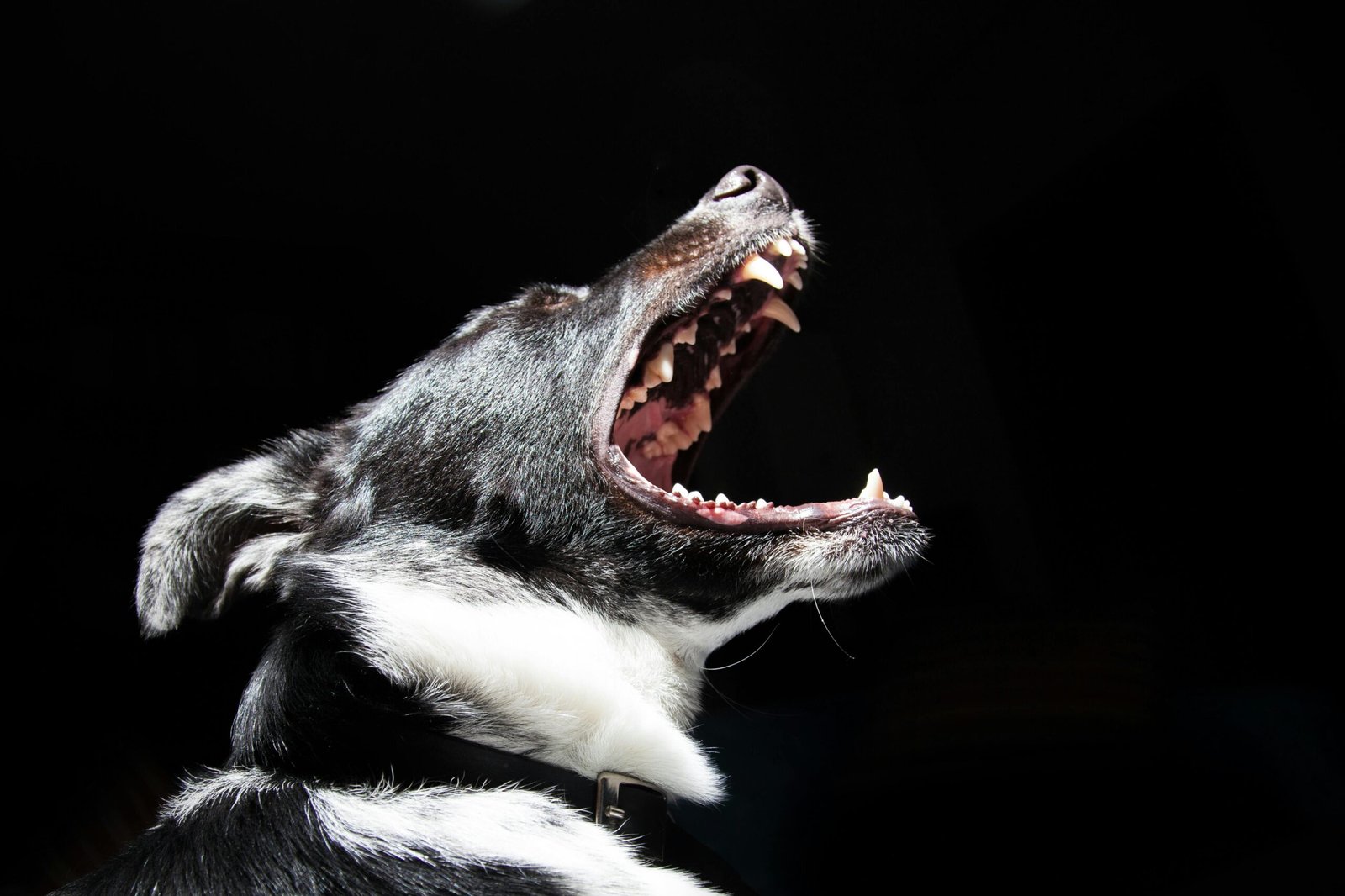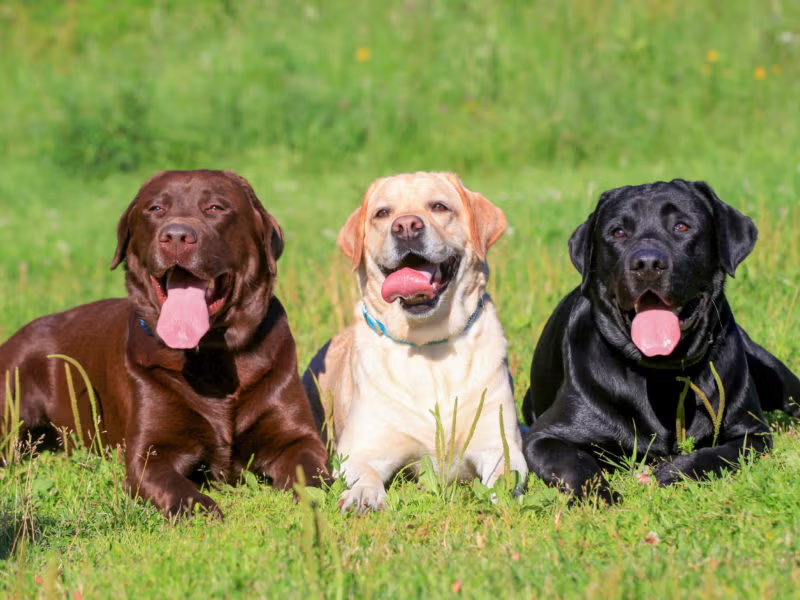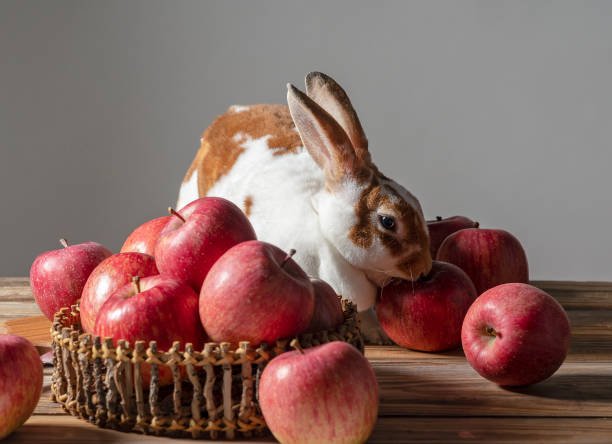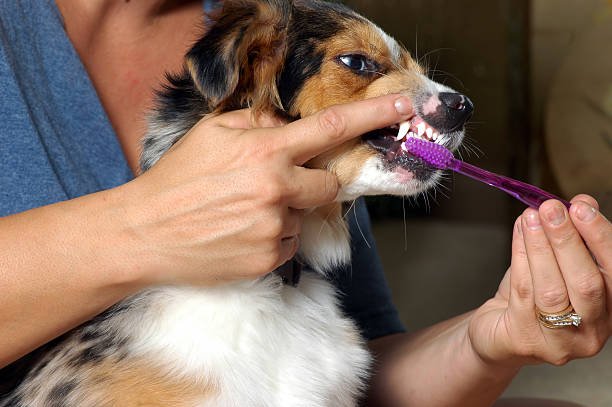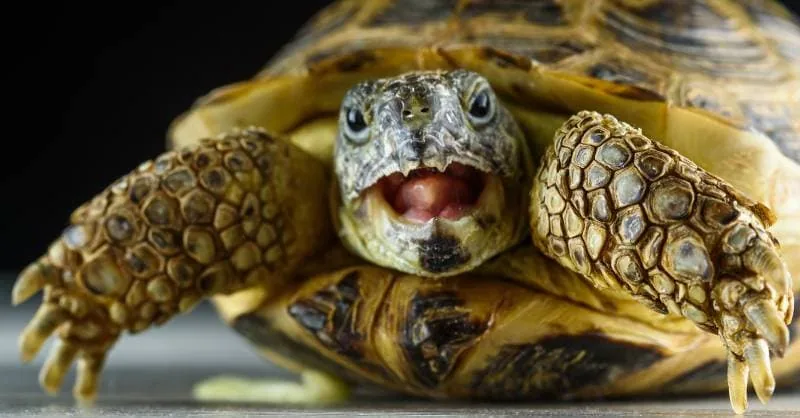Table of Contents
ToggleIntroduction: How to Stop Food Aggression in Dogs?
This is a very serious problem that is associated with feeding of dogs. It can cause biting, growling, and other forms of aggression such as defensive postures. This is a common issue that most people with dogs face. The first thing that needs to be done is to understand what causes food aggression.
However, with patience and the right approach, it is possible to put an end to this behavior. This guide will assist you in controlling and eradicating food aggression in your dog. Here are the guidelines that you have to observe so as to have a safe and happy mealtime for your dog.
What Is Food Aggression?
Food aggression is a behavior in which a dog protects its food. It may bark, snap or bite anyone who comes close to it. This is due to either fear or dominance. It can occur with kibble, treats or bones. Some dogs may act aggressive and protectively when there are no food bowls left in the first place.
It is important to know the signs in order to avoid the problem from arising in the first place. Food aggression can be observed in puppies and adult dogs. It is therefore important to understand why it is the case in order to solve it.
Causes of Food Aggression in Dogs
There are several reasons that lead to food aggression. It is also important to note that some dogs are born with the instinct of protecting resources. Dogs that are strays or those that have been rescued may have developed the habit of guarding their food. In households with more than one dog, competition for food is one of the causes of aggression.
Other reasons include improper training or past trauma. Not even genetics are left out in this kind of behavior. This way, it is easier to identify the cause of the problem and therefore, the most appropriate way to correct it. Understanding why your dog behaves this way is important in the training process of the dog.
Signs of Food Aggression
Food aggression is exhibited in various forms in dogs. Some of the early signs include growling, baring of teeth and stiffening. Worse forms are lunging or biting. Some dogs eat faster when they are approached. Some of them stand and look at the intruder in a state of shock.
The standing with the hackles up and the head down shows aggression. This is because paying attention to these signs assists in solving the problem at an early stage. Identifying these behaviors enables one to intervene before aggression occurs.
Training to Prevent Food Aggression
This is the best way to avoid food aggression since it is caused by lack of proper training. Begin with hand-feeding your dog to ensure that it gains your trust and that of its owner. It is advisable to introduce distractions slowly while the dog is feeding so that it can be easily trained to stop feeding when you remove the distractions.
However, some of the basic commands which should be taught include; Leave it, Stay. Do not scold your dog for aggressive behavior because it will only aggravate the situation.
Praise and reward with treats and encouragement to encourage the good behavior. Training should be regular and unemotional. The objective is to achieve a comfortable feeding environment. In the long run, the dog will learn that food is safe and will not harm him in any way.
Feeding Techniques to Reduce Aggression
It is therefore important to change feeding habits in order to eliminate food aggression. Feed the patient at specific times in order to create a schedule. Do not free-feed as it is likely to trigger resource-guarding behaviors. Slow feeder bowls should be used to ensure that eating is a slow process.
It is recommended to remain close but not within the reach of your dog while it is eating. It is also important to reduce the distance over time. Do not look at your dog fixedly while it is eating as this is likely to be interpreted as a challenge. Make mealtimes a peaceful experience.
Socializing Your Dog Around Food
Socialization helps reduce food aggression. Let your dog feed in the presence of people and other animals. Firstly, one should ensure the chimpanzees are at a safe distance and the best way to modify undesirable behavior is to reward appropriate behavior. Gradually reduce the distance while observing the reactions.
One of the lessons that should be imparted to children is not to approach a dog when it is eating. Each pet should be fed separately to avoid competition for food among the animals. Proper socialization builds confidence. It helps to calm your dog down because it gives him the message that there is plenty of food around. This in the long run helps to reduce aggressive behavior.
Using Positive Reinforcement
Rewarding your dog for good behavior is the best way to eliminate food aggression. You should maintain a routine in our approach to eating by punishing the dog for any aggressive behavior during the meal time. Positive reinforcement should be used in form of treats, praise, or petting. Gradually introduce hand-feeding for trust-building.
Feed your dog high-value treats while you are feeding him to ensure that people are linked with good things. If aggression is detected, it is better to leave the process and try it again after some time. Do not shout or scold your dog. Negative reactions tend to increase fear and aggression. To get the best results, it is recommended that training sessions should be short and should be conducted in a positive manner.
When to Seek Professional Help
Some cases of food aggression need professional help. If you find that your dog becomes more aggressive or becomes a menace, it is recommended that you seek professionals from a trainer. Professional trainers of dogs do not use force to correct the behavior of the dogs. Any form of aggression that includes biting or growling that is extremely loud should be handled by a professional.
A professional will evaluate the stimuli that your dog reacts to and then come up with a program. Preventing injuries and stress is easier when one seeks help early. If training isn’t working, do not hesitate to consult a professional since this is a sign that there might be something wrong with the animal. Expert guidance ensures long-term success.
Maintaining Progress and Preventing Relapse
After ensuring that food aggression is under control, one should ensure that the progress made is sustained. Keep feeding routines consistent. Reinforce positive behaviors regularly. It is important to continue socialization to avoid such problems in the future. It is also imperative to look for warning signs that aggression is returning as time goes by.
It is also important that all the members of the family adhere to the same rules. In your case, try to stick to the training and desensitization process for your dog despite the time it may take. In severe cases, it may be useful to have a trainer on a regular basis. Relapse prevention is important in order to avoid any unpleasant situations during mealtime for all the members of the family.
Conclusion
It is therefore important to note that food aggression in dogs is not an impossible issue to deal with. Know the cause, know the symptoms and use training methods. Positive reinforcement and socialization are the two important factors. If needed, seek professional guidance.
Consistency and patience lead to success. Over time, the dog will understand that food is not a cause for aggression and there is no need to fight over it. By following these simple instructions, mealtime with your pet will come to be published and pleasant for both parties.

